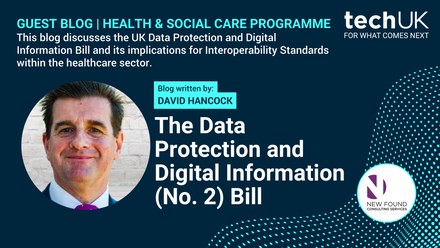The global online harms landscape: competing or coherent?
Priti Patel’s recent calls for tech companies to do more to protect children online have not only highlighted the tension between user privacy and user safety, but also the need for international action and collaboration to protect users from harmful content online.
Expanding regulatory landscape
We are seeing increasing international action to combat online harms as many governments are looking to replace the current patchwork of discrete laws and voluntary initiatives with more holistic regulation. For example, Australia, France, Germany and Singapore have existing regimes in place and the UK, EU and Ireland have all recently announced ambitious new proposals.
While this international action is welcome, the commonalities and differences between the various regimes will be extremely important for global tech firms who will be required to grapple with differing requirements across numerous jurisdictions.
Taking the seven jurisdictions referred to above as an example, we can identify some commonalities such as the fact that their regimes all apply to social media platforms, cloud hosting services and video content sharing platforms. They all also require in scope firms to take action in respect of illegal content.
There are, however, some major differences between the regimes. For example:
- some(e.g. Germany and Australia) impose rules on individual pieces of content in the form of take down obligations, whereas others (e.g. the UK and EU) impose requirements on the overall systems and processes that a platform must have in place;
- some (e.g. the UK and Singapore) focus not only on illegal content but also the grey area of content which is lawful but harmful, such as disinformation; and
- private communications fall within the scope of some (e.g. the UK and Ireland) but not all of the regimes.
Importance of international collaboration
Complying with all of the differing regimes while maintaining a consistent user-experience across the globe will present major challenges for many tech firms and the risk of divergence between different regimes only increases these challenges.
At a recent techUK webinar, representatives from both Ofcom (the UK online harms regulator) and the European Commission accepted the need to ensure that the international regimes are coherent and compatible. Tech firms will be hoping that this rhetoric, and the “absolutely united” front of the UK, US, Canada, Australia and New Zealand that the Home Secretary referred to, will translate to coherent and compatible regimes in practice.
Tech firms to take action now
Tech firms are already making great strides in reducing the amount of harmful content online, but it is important that they maintain the momentum ahead of the most ambitious regulatory proposals coming into force.
Those who start to take action now will be best placed to respond to new regimes as they come into force and evolve over time. Tech firms should seek to understand the existing and proposed obligations applicable to them, and start to build strong and robust compliance frameworks to ensure that they are ready to comply with those obligations when the time comes.
Read more about the approach taken by the seven jurisdictions listed above, plus the US, in Linklaters’ thought leadership piece Online Harms: A comparative analysis which compares the approaches that the jurisdictions are taking or planning to take, and identifies key themes and trends.







